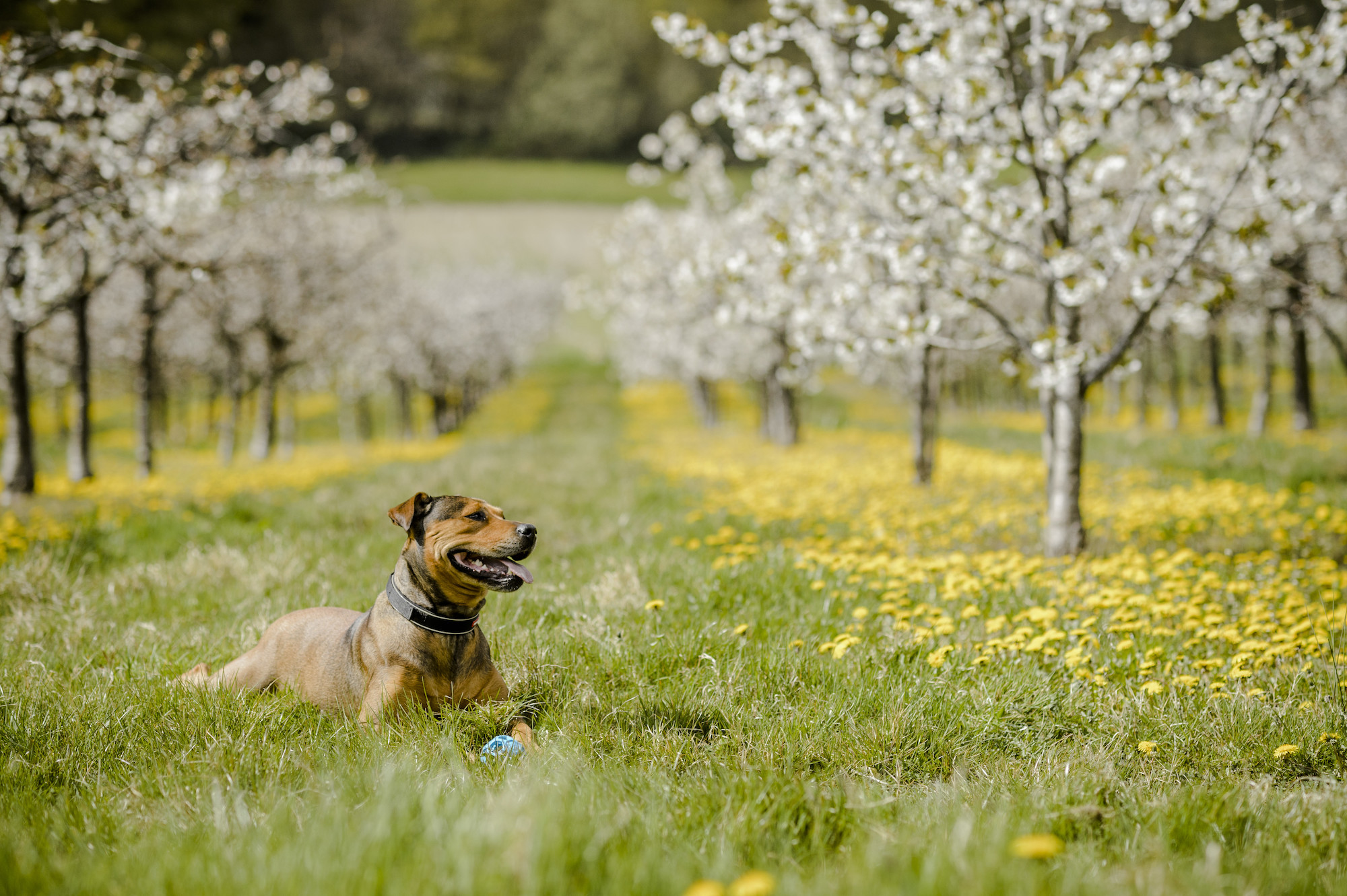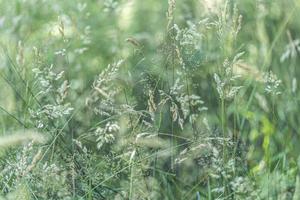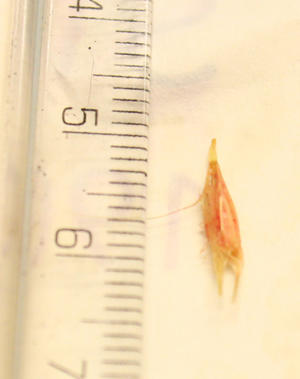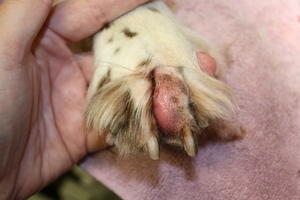
Grass seeds and dogs
Grass seeds are a common problem for dogs during the summer months.
What are grass seeds and why are they a problem to dogs?
Grass seeds are small, pointy seeds that are attached to the tops of long grass stems. They're often found in meadows and woodland during the summer months, and they are a problem to dogs because they can easily brush off into their fur during walks.
Grass seeds have very sharp ends, so although they're tiny, if they become trapped in your dog’s fur, they can burrow down and pierce their skin. They can also get stuck in your dog’s paws, ears, eyes or nose. If your dog becomes injured by a grass seed, it can be very painful. In rare cases, grass seeds can go under the skin and travel to other areas of your dog’s body, such as their chest. Once they get under the skin, they can become difficult to find.
Is my dog at risk of being affected by grass seeds?
All dogs can be affected by grass seeds when walking through long grass, but problems are more common in dogs with long hair around their feet or ears, as this is where grass seeds often become stuck.
They're also more likely to affect dogs that enjoy bounding through long grass.
Tip
It's a good idea to check your dog's feet and ears for grass seeds after exercise, especially if you have walked through areas with long grass.
How can I tell if my dog has been affected by grass seeds?
If your dog has a grass seed stuck in their paw, ear, nose, eyes or skin, you may notice your dog:
- licking their paw constantly and vigorously
- has a painful swelling between their toes
- limping
- shaking their head
- pawing at their ear or rubbing it against surfaces after a walk
- suddenly and violently sneezing
- has redness, swelling or discharge in their eye
- chewing or licking at a sore spot on their skin
Important
If you think your dog has a grass seed injury, contact your vet for advice.
What is the treatment for a grass seed injury?
If you spot a grass seed in your dog's fur and it has not yet pierced the skin, you can remove it immediately at home to prevent a grass seed injury.
If you spot a seed that has started to burrow into your dog’s skin, or if you think your dog might have a seed in their eye or ear, contact your vet as soon as possible. Treatment will depend on the location of the grass seed, but as grass seeds are invisible on X-ray, they can be difficult to find. Your vet may be able to remove the grass seed using a long and special pair of tweezers, however this can be painful for your dog, so they may need to be sedated.
The sooner your dog is treated the better, as grass seeds can travel around your dog's body once they get under their skin.
How can I protect my dog from grass seeds?
You can protect your dog from becoming injured by a grass seed by:
- inspecting your dog's fur after a walk and removing any seeds straight away – this will reduce the risk of grass seeds piercing their skin
- keeping the hair around your dog's ears and paws short to minimise the risk of grass seeds getting stuck in their fur
- avoiding areas with long grass
Read more about grooming your dog.
We put Jerry back on his paws after surgery to remove a grass seed
Jerry the springer spaniel had been licking away at his toe so much that it had become red and swollen. He was put under general anaesthetic to investigate the swelling, and inside Jerry’s toe, just under the skin, we found the culprit of his discomfort – a grass seed.
Page details
Reviewed
• 28 March 2023
Next review
• 27 March 2026

Donate today
We can’t provide pet advice without your support. Your donations allow our experts to create advice that is accurate and up to date. If you found this page useful, please help us to create more pet advice by donating.

Donate today
We can’t provide pet advice without your support. Your donations allow our experts to create advice that is accurate and up to date. If you found this page useful, please help us to create more pet advice by donating.








